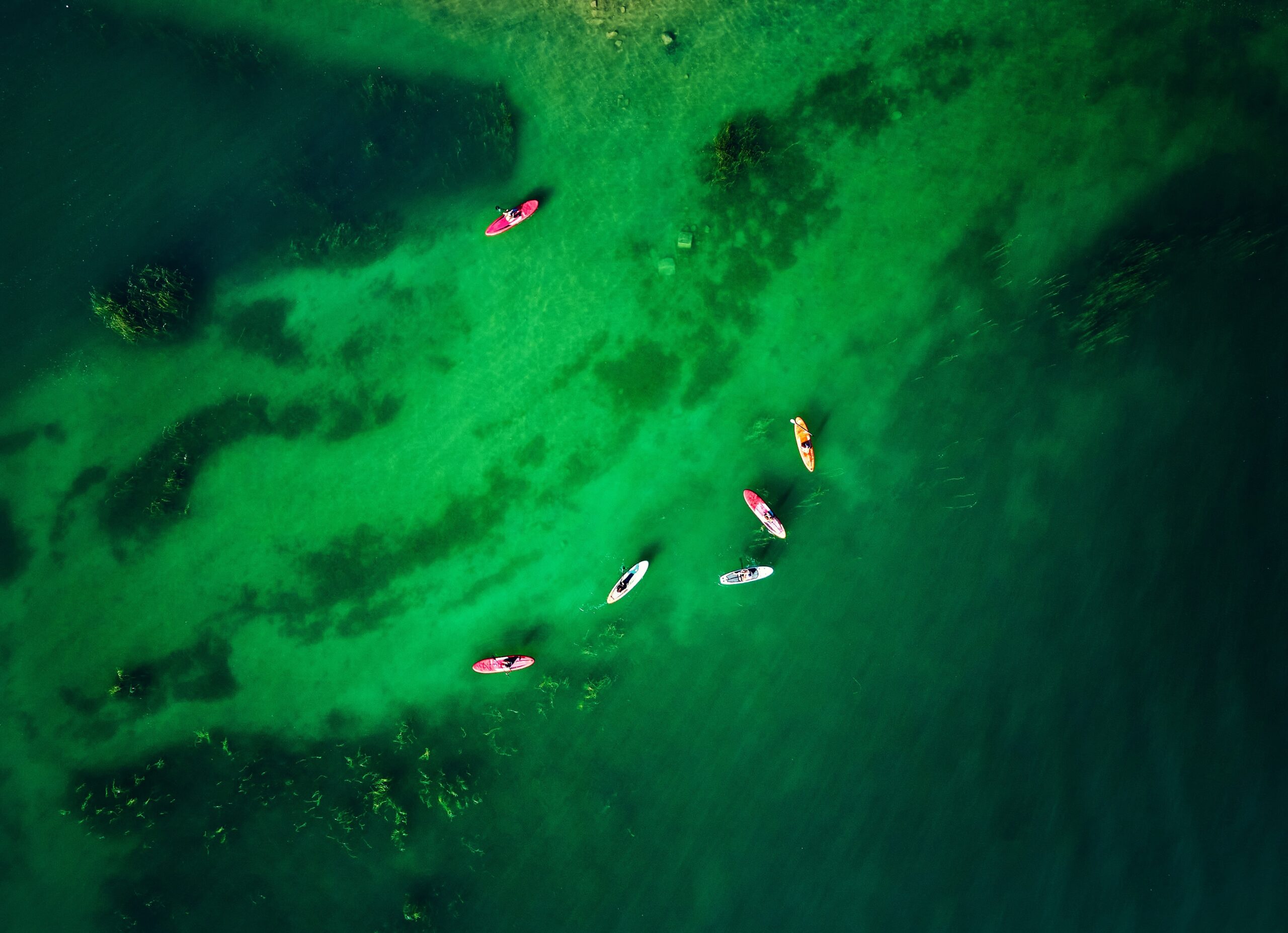Editor’s note: Discover Kazakhstan is a new column dedicated to exploring the rich cultural heritage and natural wonders of the country. Each article explores various aspects of Kazakh life, from traditional cuisine to breathtaking landscapes, offering insights and stories that highlight their unique significance. Nestled in the scenic mountains near Almaty, Lake Qapshagai (or Kapshagai), also known as the Qapshagai Reservoir, is a blend of natural beauty and essential functionality.
Though it may be nearly invisible from ground level, a bird’s-eye view reveals its true splendor. This reservoir is more than a summer retreat for locals; it supports the city throughout the year, providing vital services even in the winter months. Studies suggest Lake Qapshagai also helps reduce the risk of devastating earthquakes in Almaty, highlighting its significance as a steadfast guardian for the city.

Kapshagai from the height of a drone. Photo credit: Shutterstock A crocodile consumed by a serpent From a satellite’s perspective, the Qapshagai Reservoir and the Ili River, which flows into and out of it, form a striking visual resembling a crocodile being swallowed by a snake. The reservoir covers an area of 1,847 square kilometers, with a shoreline perimeter of 430 kilometers.
The maximum depth reaches 45 meters, with an average depth of 15 meters. Kapchagay Reservoir. Photo credit: Satellite photography / Alamy Geographically, the reservoir is bordered to the northeast by the footh.
















